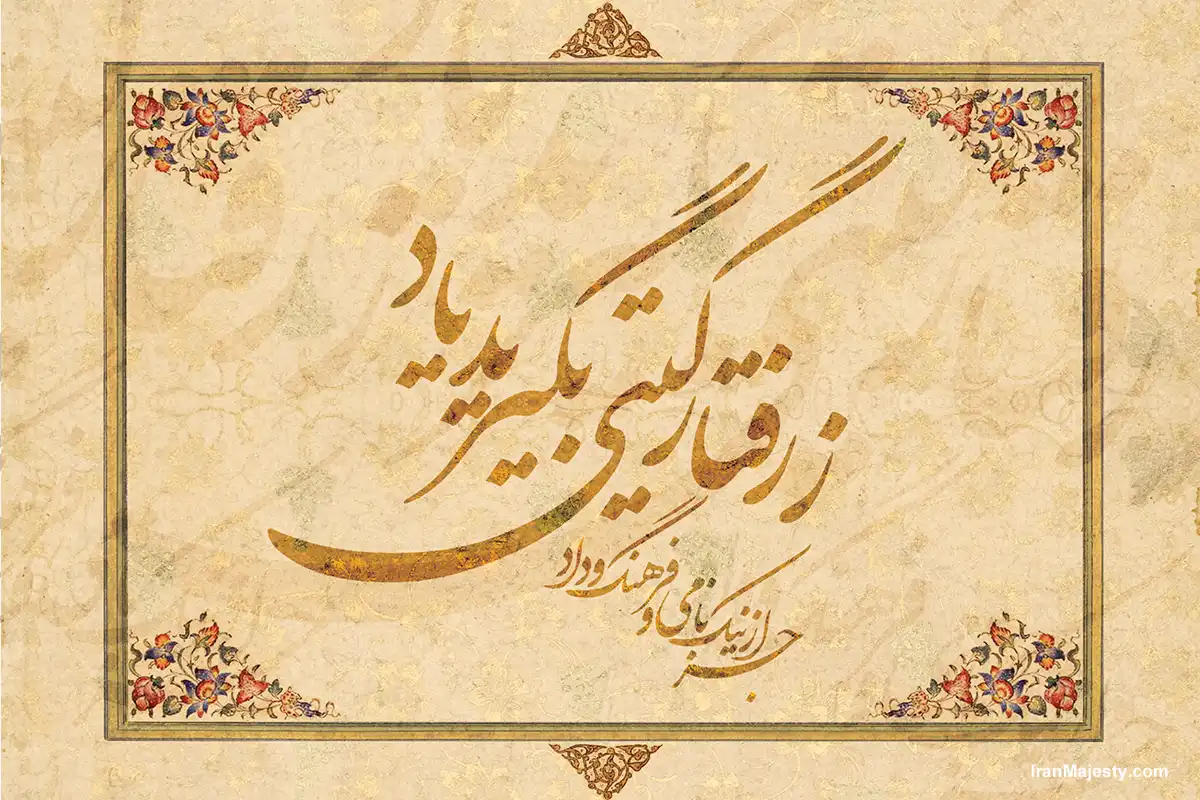When people think of the Middle East, they often associate the region with Arabic. However, there’s another important language that has shaped the culture and history of the region—Farsi, or Persian. Although Farsi and Arabic are spoken in neighboring countries and share some common elements, they are very different in many ways. This article explores the differences between Farsi and Arabic, including their origins, writing systems, vocabulary, and cultural significance.
Farsi vs. Arabic: What Sets These Two Beautiful Languages Apart?
1. Different Language Families
One of the biggest differences between Farsi and Arabic lies in their linguistic roots.
- Farsi is an Indo-European language, closely related to languages like English, French, and Hindi. It is the official language of Iran and is also spoken in parts of Afghanistan (as Dari) and Tajikistan (as Tajik).
- Arabic, on the other hand, belongs to the Afro-Asiatic language family, specifically the Semitic branch, making it a cousin to Hebrew and Amharic.
The different language families mean that the grammar, structure, and even sounds of Farsi and Arabic are distinct. While Farsi shares some similarities with other Indo-European languages, Arabic has a unique Semitic structure based on root words.
2. Writing Systems: Similar Yet Unique
At first glance, Farsi and Arabic writing look similar because both use a script derived from the Arabic alphabet. However, there are differences:
- Farsi has 32 letters, while Arabic has 28 letters. Farsi includes four extra letters (پ, چ, ژ, گ) to accommodate sounds that do not exist in Arabic.
- The way words are written and pronounced can also differ. For example, vowels are more pronounced in Farsi, making it slightly easier for beginners to read compared to Arabic.
Despite using a similar script, the way sentences are structured and written in each language is unique, which can confuse those unfamiliar with the nuances.
3. Vocabulary and Loanwords
Due to historical interactions, Farsi and Arabic have borrowed words from each other over centuries. However, the level of borrowing is different:
- Arabic in Farsi: A portion of Farsi vocabulary comes from Arabic, especially words related to religion and law. For example, the Farsi word for “book” (کتاب, ketab) is of Arabic origin.
- Farsi in Arabic: While Arabic has borrowed fewer words from Farsi, Persian influence is seen in areas like poetry and courtly language during the Islamic Golden Age.
Even though Farsi has absorbed many Arabic words, their pronunciation and usage often differ significantly from how they are used in Arabic.
4. Grammar and Sentence Structure
The grammatical structures of Farsi and Arabic differ widely:
- Farsi Grammar: Farsi follows a Subject-Object-Verb (SOV) structure, which is common in Indo-European languages. For example, “I read a book” in Farsi would be “من یک کتاب خواندم” (Man yek ketab khondam).
- Arabic Grammar: Arabic uses a Verb-Subject-Object (VSO) structure more often. For example, the same sentence in Arabic would be “قرأت كتاباً” (Qara’tu kitaban).
Additionally, Farsi verbs are conjugated differently, and the concept of gender in nouns and adjectives is absent in Farsi, unlike Arabic.
5. Cultural and Religious Context
Both Farsi and Arabic carry deep cultural and religious significance:
- Farsi, while also spoken in an Islamic country, has roots in pre-Islamic Persian culture. It is deeply connected to Persian literature, poetry, and traditions like Nowruz (Persian New Year).
- Arabic is the language of the Quran and is widely spoken across the Arab world. It is associated with Islamic teachings and is used as the liturgical language in Muslim-majority countries.
Understanding these languages also means gaining insight into the rich histories and traditions of their respective cultures.
6. Pronunciation and Sounds
The sound systems of Farsi and Arabic are noticeably different:
- Farsi, by contrast, has softer sounds and lacks many of the throat-based pronunciations found in Arabic. It also has sounds like “P” and “G” that Arabic does not use.
- Arabic has a rich variety of guttural sounds, such as the letters ع (Ayn) and ق (Qaf), which can be challenging for non-native speakers to pronounce.
This distinction makes Farsi feel more melodic to some listeners, while Arabic has a more rhythmic quality.
“For more on What Is The Difference Between Farsi and Arabic, here’s a video from Difference Between that adds depth to our discussion. Grateful to the creator for allowing us to explore their work.”

Why Learn Farsi?
If you are interested in Persian poetry, Iranian culture, or visiting beautiful places like Shiraz or Isfahan, learning Farsi will open up a world of artistic and cultural treasures.
Learning Farsi opens a door to one of the world’s most ancient and influential cultures. As the language of great poets like Rumi, Hafez, and Ferdowsi, Farsi carries the soul of Persian art, philosophy, and history. If you’re passionate about literature, Farsi provides access to some of the most beautiful poetry ever written. The works of Persian poets are often considered timeless, and reading them in their original language allows for a deeper and more authentic experience.
Farsi also serves as a bridge to understanding Iran’s rich history, from the grandeur of the Achaemenid Empire to the vibrant traditions of modern Persian culture. For those who enjoy exploring the past, Farsi helps unlock the stories behind historical sites like Persepolis and Pasargadae, as well as the influence of the Persian Empire on art, science, and governance.
Additionally, Farsi is the key to communicating with over 100 million speakers worldwide, including communities in Iran, Afghanistan, and Tajikistan. Whether you’re traveling to Iran or connecting with Persian-speaking friends, learning Farsi enriches your experience by allowing you to engage with locals and understand their perspective.
Farsi is also a relatively approachable language for English speakers. Unlike Arabic, Farsi lacks complex guttural sounds, and its grammar is free from gender rules, making it more intuitive to learn.
From a professional perspective, learning Farsi can benefit those in international relations, cultural studies, or business. Iran has a thriving economy in sectors like art, technology, and tourism, and knowing Farsi provides a unique edge for navigating opportunities in the region.
Ultimately, learning Farsi is not just about acquiring a language—it’s about immersing yourself in a culture renowned for its hospitality, creativity, and resilience. It’s an opportunity to connect with a rich heritage and to better understand the world through the lens of Persian traditions and perspectives.
Conclusion: Celebrate the Diversity
While Farsi and Arabic share some similarities, they are fundamentally different languages with distinct histories, cultures, and linguistic features. Whether you are drawn to the poetic elegance of Farsi or the rich traditions of Arabic, both languages offer a fascinating journey into the heart of the Middle East.


0 Comments